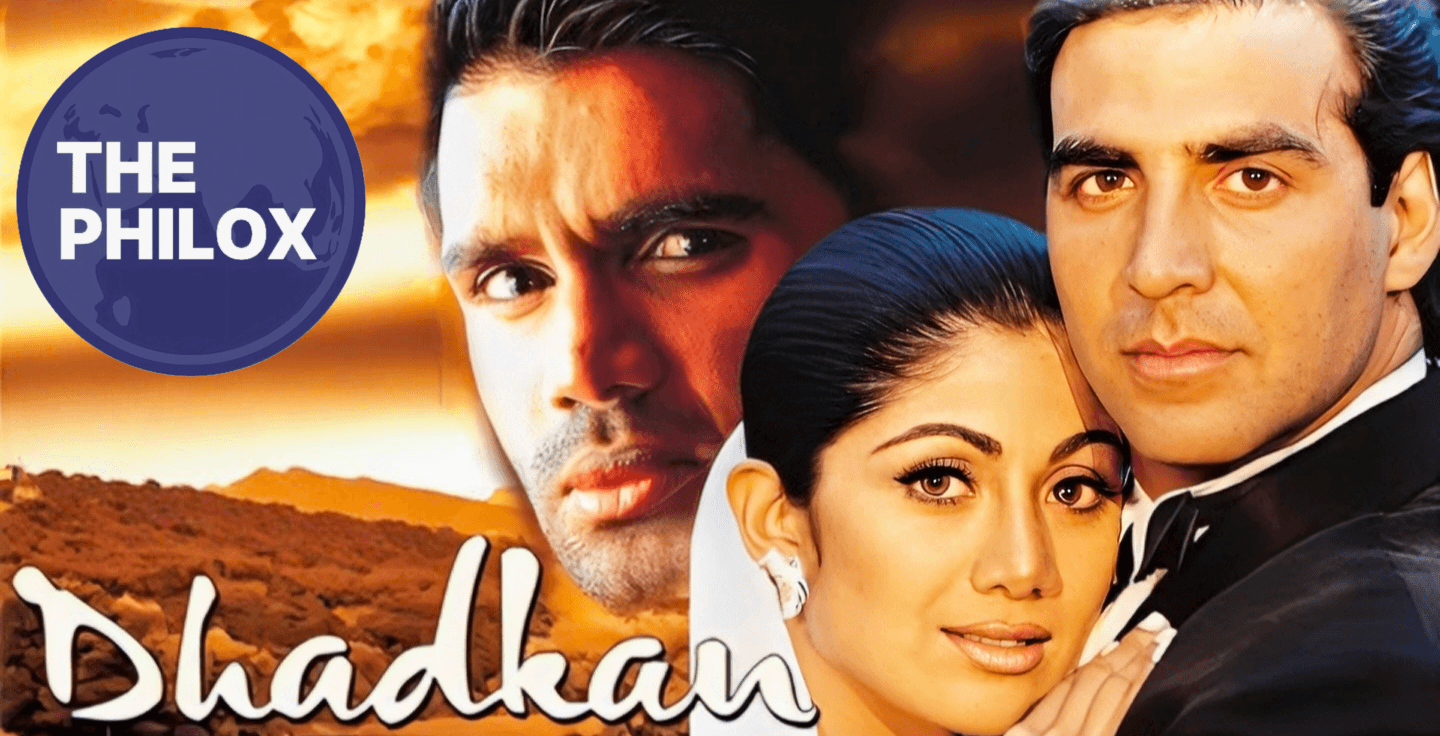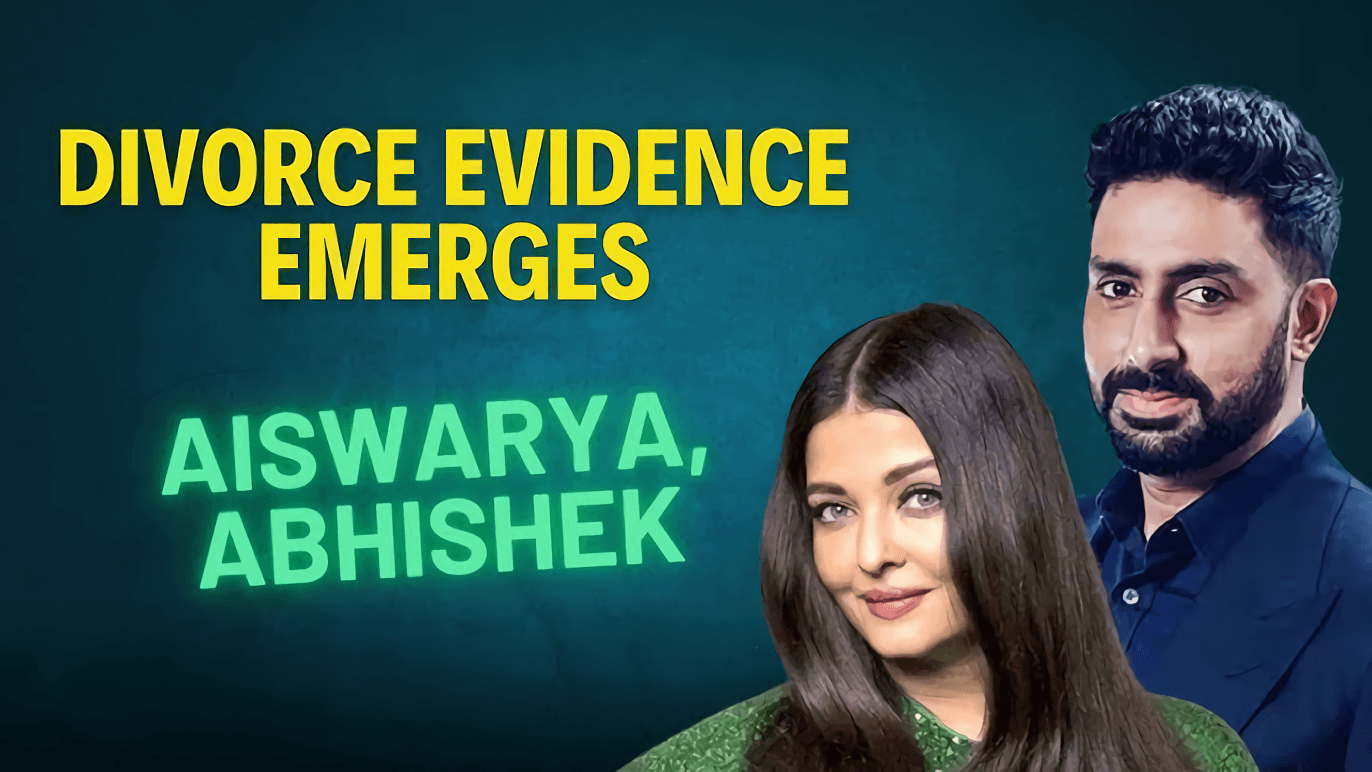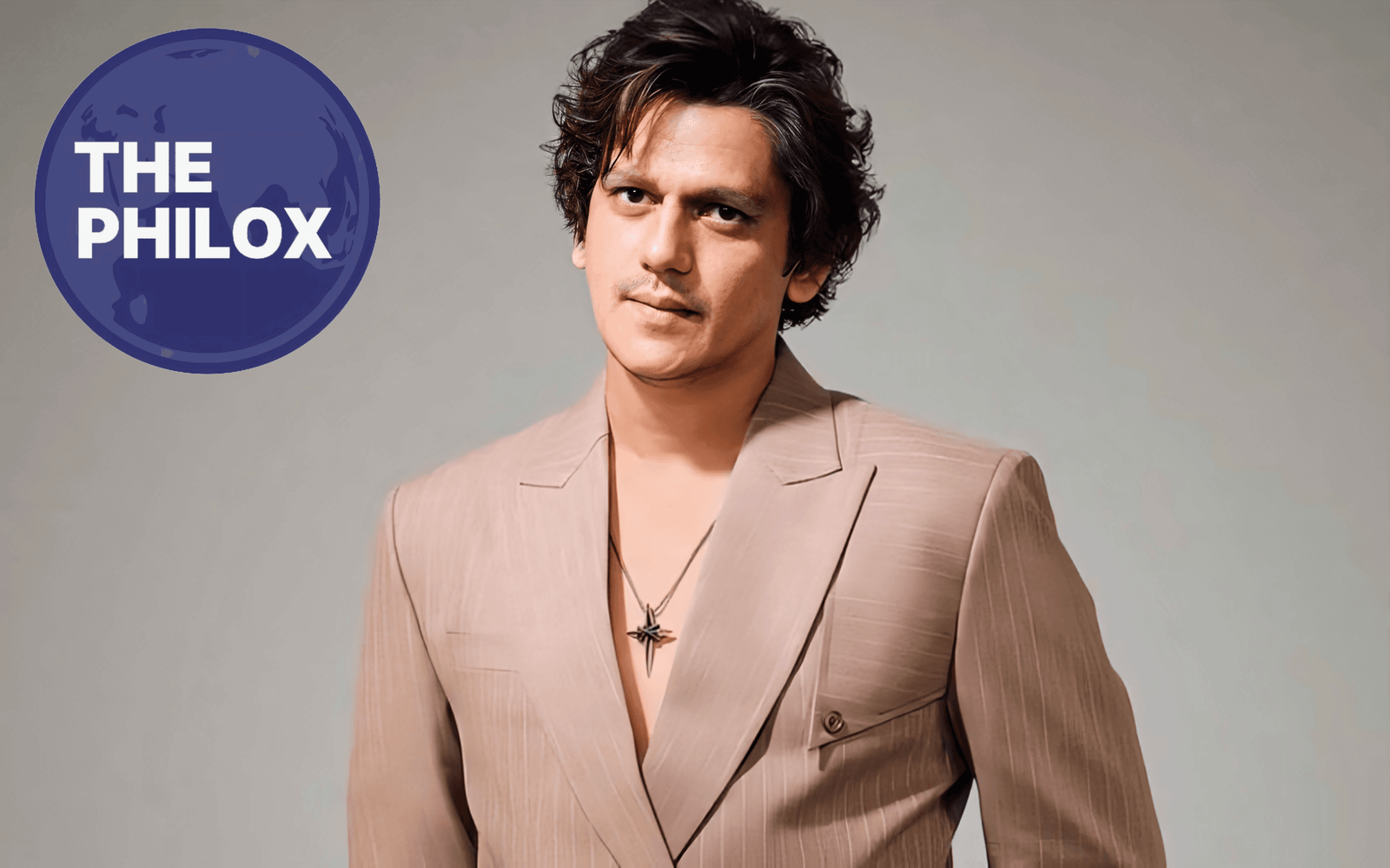
A Film That Appears to Be Set in the Year 2000
When you watch Dhadkan in the year 2025, it is as if you are journeying back in time to a period when everything was extremely loud, particularly feelings. In the past, the film was regarded as an emotional rollercoaster; however, it now feels more like a very long train ride with passengers who are shouting.
All of the elements, including the hair, the clothes, and the background music, are trapped in the early 2000s.
With Suniel Shetty wearing black leather pants like he’s in a music video and Shilpa Shetty frequently dressed in sarees that appear like they’ve been dipped in glitter, the fashion alone is a cringe carnival. Suniel Shetty is a member of the Shetty family.
Ram, the quiet and honorable husband, is played by Akshay Kumar, who is known today for his ability to play a variety of roles.
On the other hand, when he is back in Dhadkan, his majestic quiet gives the impression of a man who has forgotten his lines rather than of calm dignity.
While everyone else around him shouts and sobs, his character is the poster boy for dull decency. He speaks in slow-motion sentences while everyone else is screaming and crying.
This is the ultimate love triangle, but without the logic.
The plot revolves around Anjali, played by Shilpa Shetty, who is in love with Dev, played by Suniel Shetty, a rough and angry affluent lad who believes that love is synonymous with yelling a lot.
However, she is compelled by her parents to wed Ram, played by Akshay Kumar, who is the human equivalent of a lullaby. Dev comes back, much more enraged and wealthy than before, and he is resolute in his pursuit of her return. And that’s it. That is the storyline.
A premature departure is made by Logic in this film. Dev, who is now an accomplished
as a businessman, he continues to harbor resentment like a high school student. As an alternative to going on with his life, he decides to wage a full-scale war of vengeance against Ram by attempting to win back Anjali.
Included in this are elaborate passages in which Dev looks intently into the camera, flexes his jaw, and delivers angry rhymes that have the feel of rejected Bollywood rap songs.
Anjali, who is divided between two men who couldn’t be more different from one another, spends half of the movie crying and the other half muttering theatrical phrases as if she’s trying to acquire a sore throat.
Despite the fact that one man yells at her and punches walls, the other man folds her sarees and prays for her happiness, the idea that she is conflicted seems to be somewhat artificial. It is not a difficult decision at all.
Talks That Have the Potential to Awaken the Dead
The conversations in Dhadkan are a treasure trove of unintentional comedic moments. A crash course in “How to Speak in Dramatic Echo” appears to have been attended by each and every character there.
Every time someone speaks “Pyaar,” “Wafa,” or “Dhokha,” the background music gets louder. The sentences are repeated three times, and the loudness of the music increases.
There are certain dialogues that have the sound of being written by a young poet who is attempting to seem profound.
It is possible that the phrase “Mujhe tumse mohabbat thi, hai, aur rahegi” caused people’s hearts to race back then, but in modern times, it sounds like something that you might read in a poor WhatsApp forward.
In some cases, even the most casual chats can escalate into dramatic performances. The simple phrase “I love you” is given in a manner that is reminiscent of a national statement, replete with thunder in the backdrop and wind blowing as if there is a thunderstorm warning.
Exaggerating the Olympic Games: Gold Medals in Every Direction
The actor Suniel Shetty, in particular, appears to be under the impression that he is trying out for a part in a Shakespearean tragedy.

The intensity of every feeling, including love, rage, despair, and vengeance, is turned up to eleven. When he screams into the blank, his eyes burst, his fists clench, and he feels as though he is in the middle of a rock concert.
Weeping softly or looking into space with a painful expression, Shilpa Shetty spends the most of her time doing either of these things while soft music plays in the background. In comparison to the protagonist of a drama serial, her character experiences more emotional breakdowns.
In contrast, Akshay Kumar makes an effort to appear calm and collected in his performance. However, his tranquil demeanor frequently manifests itself in the form of a blank look, as if he is unsure of whatever film he is now appearing in. As opposed to a man who is caught in a love triangle, he appears to be more of a monk who is bored.
Songs That Constantly Recur
To be truthful, the soundtrack is perhaps the only thing that many really remember about Dhadkan to this day.
The music of Dhadkan was a smash back when it was original released. However, even the songs have the atmosphere of miniature soap operas. In addition to being slow and overly emotional, they never seem to end.
There is usually a violin playing in the background, and individuals are either crying, walking in a dramatic manner in the rain, or staring at each other from opposite ends of a mansion.
Each and every feeling is given its very own five-minute song. Don’t you miss it? Here is a song that is very depressing.
Are you angry? An ardent one is presented here. Have you just consumed some tea? It’s time for another track that will make you feel something.
At a certain point, you cannot help but wonder whether Dhadkan is a movie or merely a lengthy music CD with a little bit of drama interspersed throughout.
This film would be a public service announcement if it were to be re-released; it would be about what not to do.
The re-release of Dhadkan would be analogous to attempting to reintroduce floppy drives in a world where cloud storage is the norm. This is because the art of storytelling has progressed in this age.
The film is a classic that should be kept precisely where it is, whether it be on the dusty DVD shelves or on the late-night television replays.
The only thing that would result from giving it a theatrical re-release would be in the form of laughter, memes, and a great deal of second-hand embarrassment.
A second chance is not necessary for every classic movie, despite the fact that nostalgia is a powerful emotion. When it comes to their songs, their inadvertent comedic moments, and the memes that they spawn, some are more memorable than others.
In conclusion, remember to keep the memories and to avoid the drama.
There is a place for Dhadkan in the annals of Bollywood history; yet, it is not necessary for it to be shown in theaters in the present day.
During the time period that it was set in, the picture was enjoyable in its own peculiar and melodramatic style; nevertheless, this was only the case.
When you watch it now, it is similar to seeing a play from your high school; you recognize the work that was put in, you might laugh a little bit, and then you swiftly move on.
As a result, I would want to make a modest plea to the universe: do not disturb Dhadkan’s calm. The actual world already has more than enough drama.
It is not necessary for us to return a film in which emotions are yelled, logic is ignored, and Akshay Kumar spends two and a half hours acting as if he were a human wallpaper.
Instead of re-releasing films that put our patience to the test, let’s save the re-releases for movies that have actually stood the test of time.








